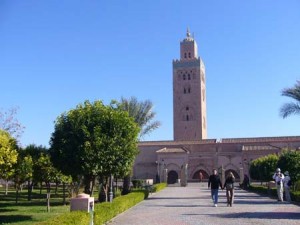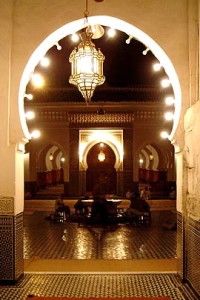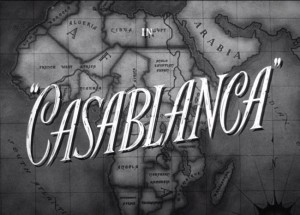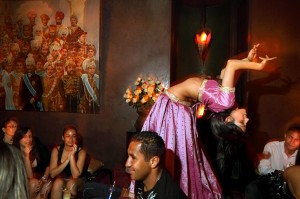Archive for November, 2013
The famous Koutoubia Mosque dominates the skyline of Marrakech. Koutoubia Mosque is 77 meters high, including it’s majestic minaret, and was built in 1158 by the Almohad Caliph Abd al-Mu’min (1094–1163) then completed by his grandson the Almoravid Sultan Yacoub El Mansour in 1195. Caliph Abd al-Mu’min also built the Giralda…
Morocco has an exceptional history of cuisine with long standing reputation and allure for the Western traveler. Being at the crossroads of many civilizations Morocco is a mélange of Arab, Berber, Moorish, French, Middle Eastern, Mediterranean African, Iberian, and Jewish influences. Keeping up to date with new travel trends, Travel Exploration has…
Morocco ‘s 4th Imperial City of Meknes is often left off tourist itineraries. Meknes is a UNESCO World heritage site and has massive imposing ramparts, 25 kms long, built by Sultan Moulay Ismail, of the Alaouite dynasty, who ruled Morocco from 1672-1727. He chose Meknes as his capital because of…
Two older well known films featuring Morocco are Hitchcock’s The Man Who Knew Too Much which features James Stewart and Doris Day and was made in 1956. It has all the tense drama of a Hitchcock thriller and has a scene on the Jemma El Fna square where Hitchcock makes…
Marrakech, often referred to as the Paris of Morocco and the premier Moroccan city of night lights and romance has something of a reputation for its nightlife. Marrakech has a reputation for seedy bars and expensive discos in high end hotels with groovy, Ibiza-style discos and belly-dancing along with top end dining experiences that…






